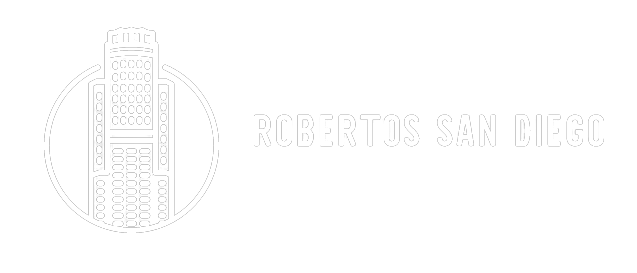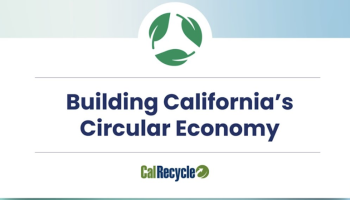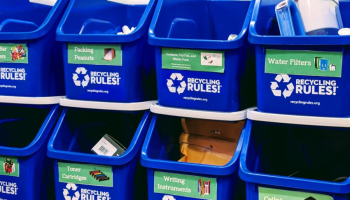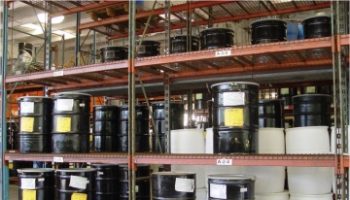In waste management, a lot of work is done on disposal. Depending on your facility’s output, there may well be multiple removal options. If your business generates a lot of hazardous waste, proper disposal is a top priority.
Managing and removing toxic waste is not a one-size-fits-all situation. Businesses can use techniques like composting to reduce waste’s negative impacts. If you’re curious about waste management, here’s how toxic material is composted as well as disposed of.
Composting
Defining key terms is helpful before plunging into this complex subject. Composting may be unfamiliar to those who do not regularly practise sustainable living. Composting is an aerobic process that converts organic waste into nutrient-dense fertiliser. Individuals or communities usually compost leftover food to improve soil and use in their gardens.
Compostering in an industrial setting is similar but requires more effort. Their waste feeds and revitalises the land, either by themselves or by hiring a specialised company.
Composting Hazardous Materials
“What does vermicompost have to with hazardous waste?” you may ask. Using toxic tools to enhance soil conditions may appear counterproductive. However, experts have refined this same composting to include toxic waste.
This is huge for industries that produce hazardous waste. There is a way to safely discard of this waste while also benefiting the environment. So, yes, you can compost hazardous materials.
Composting Hazardous Waste
Composting appears to work by allowing microorganisms to decompose waste. These microbes use a natural process called aerobic to convert components into nitrogen, potassium, and other nutrients. Vermicompost is indeed an organic way of recycling materials and replenish the soil.
Hazardous waste composting is similar. While some toxic wastes are harmful to the environment, others contain organic material that can be composted. Professionals can turn toxic compounds into nutrients by letting microorganisms break them down. Composting frequently makes toxic materials safer to manage by neutralising harmful substances.
The Basics Of Hazardous Waste Disposal
Composting is one way to dispose of hazardous waste. Composting toxic waste promotes recycling and re-vitalizes the environment. Other management as well as removal methods can be used to get rid of hazardous waste. However, industrial facilities must first take several steps before disposing of waste.
Sort Wastes
First, you’ll need to identify your facility’s waste streams. Sorting waste into hazardous and non toxic materials must that is your first step. Next, determine your hazardous waste’s classification.
Calculate Waste
Once you’ve identified all of ones waste, you’ll need to quantify it. Your company’s waste volume determines its power station status, which influences state and federal disposal regulations. To determine your plant’s category, consider how much toxic waste it produces:
VSQGs: Produce or less 220 lbs such as hazardous waste per month
SQGs: produce between 220 and 2105 lbs of hazardous materials per month
Generating and over 2205 lbs of toxic waste per month
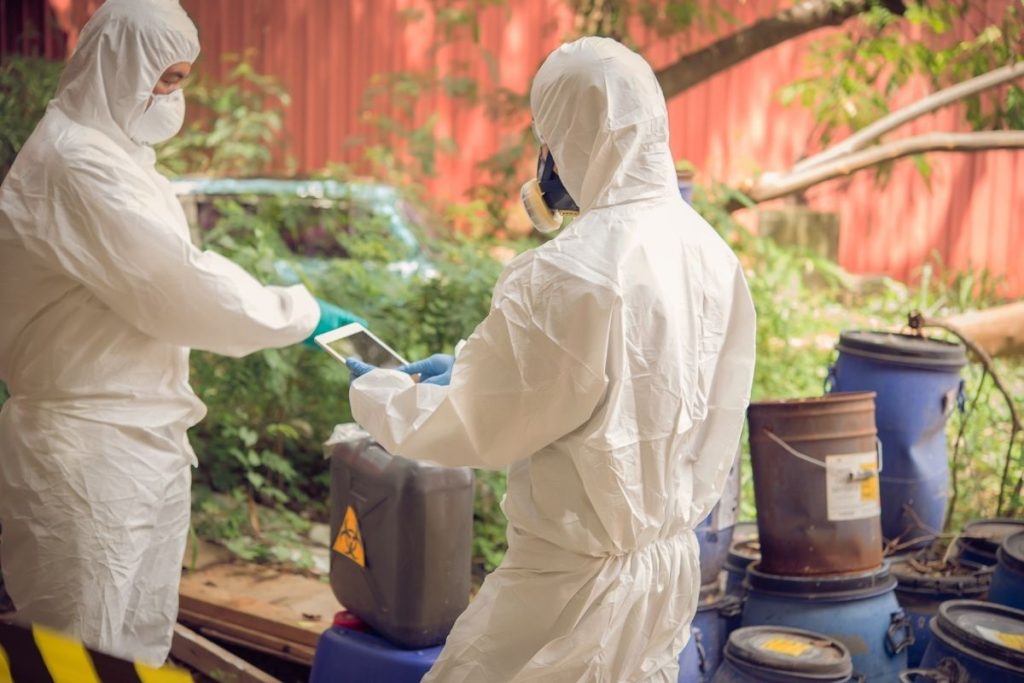
Notify Appropriate Authorities
After properly identifying and quantifying your wastages, the next step is to notify the appropriate agencies. Hazardous waste is regulated to protect both people and the environment. SQGs as well as LQGs need an EIN to report their trash to the government. Depending on the state, there may be additional requirements to follow state and federal laws.
Plan Transport
Transport is an important part of waste removal. Hazardous waste cannot be transported by any vehicle to the proper disposal location. It’s best to work with a toxic materials transportation and disposal company to ensure everything goes smoothly. They will transport your hazardous waste to facilities for composting, recycling, or other disposal.
Dispose
After arranging hazardous waste transportation, it’s time to get ready this for the next leg. Your facility must properly package and shop hazardous waste to avoid exposure as well as harmful reactions. To help management companies identify dangerous materials, you should label such containers with appropriate signage.
Methods of Disposal
Preparing hazardous waste is similar regardless of method. However, the waste disposal industry uses various methods to efficiently and environmentally dispose of toxic waste. We’ve already discussed decomposition of organic as a waste disposal method, but what about others?
Incineration
Some hazardous waste is incinerated for disposal. Nonexplosive materials are burned to keep them from out landfills as well as water sources. For example, some facilities use steam to turbines as well as other heavy machinery. Because incineration affects air quality, most states regulate it closely.
Landfills
Landfills are among the oldest hazardous waste disposal methods. Large pits with massive linings contain unused waste. Professionals typically cover the dump sites with concrete once it is full. Waste management companies educate landfills on proper disposal methods to avoid wasting valuable landfill space.
Recycling
Recycling is a method of waste disposal that is similar to composting. Recycling plants sort waste and repurpose materials for sustainability. Even hazardous waste can be recycled because many compounds decompose into other substances. Some may consider industrial composting a form of recycling because it neutralises hazardous waste and allows for repurposing.
Clean Management Environmental Organization can help you decide whether to compost your hazardous waste or not. Your site’s toxic by-products will be handled and removed in accordance with federal and local laws.
